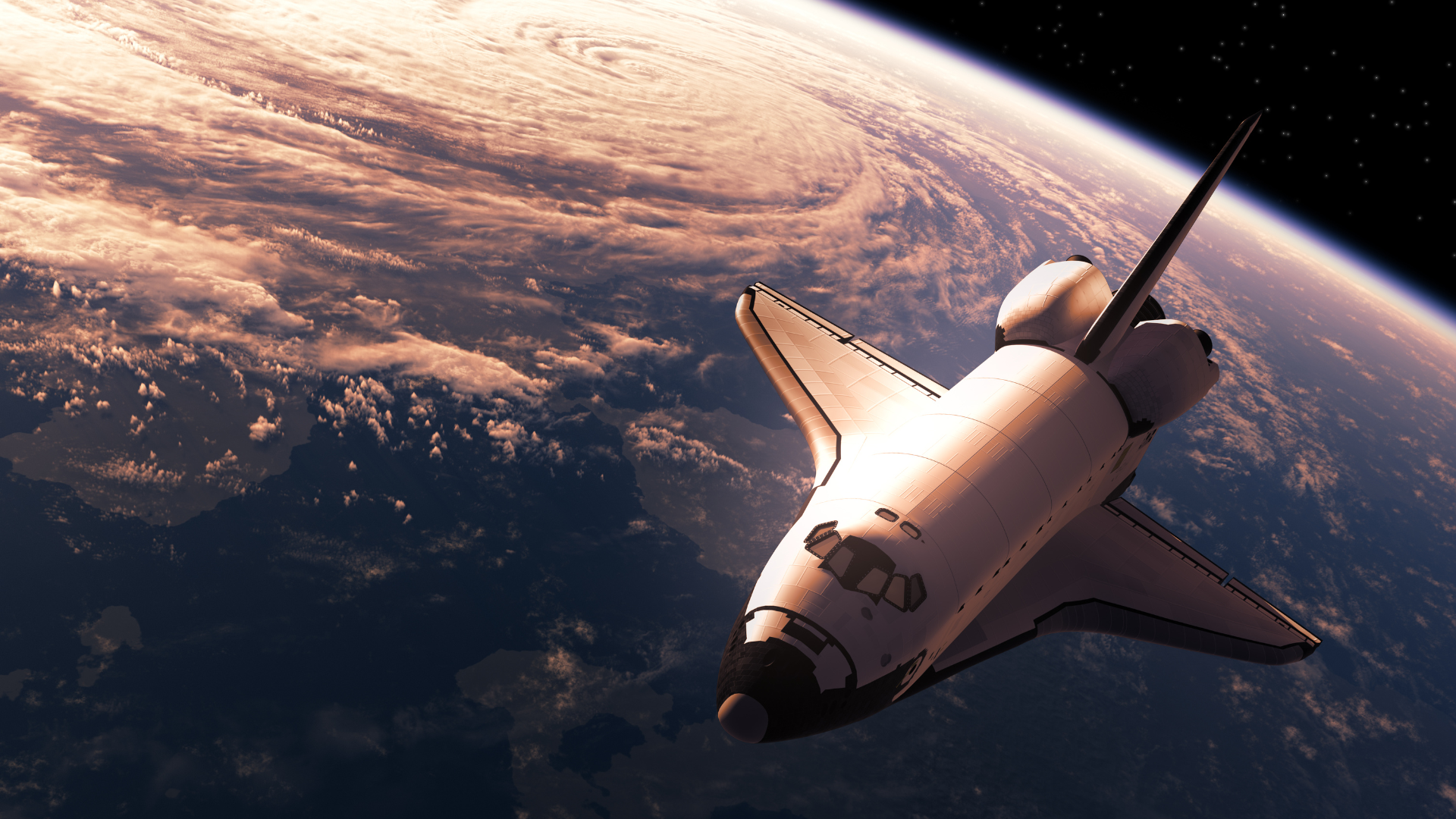
Can You Hear Space? The Truth About Sound in a Vacuum
In the vastness of the cosmos, where galaxies swirl in silence and stars ignite with explosive power, a strange contradiction exists. Hollywood tells us space is loud—roaring explosions, clashing ships, astronauts screaming across the void. But reality tells another story. The truth is far more fascinating: space is silent, eerily, perfectly silent. In this article, we’ll unravel the science behind sound, explore why space mutes even the most violent events, and discover how modern technology lets us “listen” to the universe in ways you never imagined.
Table of Contents
- What Is Sound, Really?
- Why Space Is Silent: The Vacuum Barrier
- Can We Hear Anything in Space at All?
- The Sounds of Space: A New Perspective
- Debunking Movie Myths
- FAQs
What Is Sound, Really?
To understand the silence of space, we must first understand sound itself. Sound is not an abstract force—it’s vibration. Specifically, it’s a mechanical wave that requires a medium like air, water, or metal to travel through. When you speak, your vocal cords vibrate, sending ripples through the air that your listener’s ears interpret as sound.
But here’s the catch: no medium, no sound.
Sound waves can’t move through empty space for the same reason ripples can’t form on a dry pond. In the vacuum of space—where there are virtually no molecules to transmit vibration—sound is rendered powerless.
Why Space Is Silent: The Vacuum Barrier
Space is not completely empty, but it is close—about one atom per cubic centimeter in interstellar space, compared to the trillions of molecules per cubic centimeter in Earth’s atmosphere. That means there’s almost nothing to carry sound.
Even the most violent cosmic events—supernovae, black hole collisions, exploding stars—occur in deafening silence, at least by human standards. These events release unimaginable energy, but because there’s no air to move, there’s no noise to be heard.
Can We Hear Anything in Space at All?
Surprisingly, yes—but not with our ears.
Space agencies like NASA have found creative ways to turn space’s invisible waves into audible sounds:
- Plasma waves from solar wind interactions with Earth’s magnetic field are converted into eerie, chorus-like recordings.
- Gravitational waves, ripples in spacetime itself, can be translated into sound patterns we can hear.
These aren’t “sounds” in the traditional sense. They’re data translations—a kind of cosmic synesthesia, where electromagnetic or gravitational phenomena are reinterpreted as audio.
The Sounds of Space: A New Perspective
NASA’s “Sounds of Space” collection is a stunning example. From Saturn’s radio emissions to the electromagnetic fields around Jupiter, these recordings reveal a strange, haunting beauty. The eerie whines and static hums are not just scientific tools—they are emotional bridges to the cosmos.
Here’s a sample of what scientists have turned into sound:
- The “Auroral Chorus”: Plasma waves near Earth’s poles that sound like birds at dawn.
- The “Black Hole Whistle”: A chirp generated by gravitational waves when two black holes merge.
- The “Sounds of the Sun”: Low-frequency pressure waves from inside the Sun, sped up to audible range.
Debunking Movie Myths
Movies have taught us to expect booming explosions and roaring engines in space battles. Think of Star Wars, where every laser blast echoes across the galaxy. It’s exciting—but scientifically false.
- Explosions in space would be completely silent. No atmosphere means no shockwaves to carry sound.
- Engines roaring in vacuum? Again, no air, no noise.
- Screaming astronauts drifting into the void? Unless inside a pressurized suit or vessel, their cries vanish unspoken.
Filmmakers add these sounds to make scenes emotionally resonant. But in reality, space is a ballet in silence—a stage where forces dance without making a sound.
FAQs
1. Can astronauts hear anything in space?
Astronauts can hear within their suits or spacecraft, because these environments are pressurized with air. They can speak to each other via radio, and they’ll hear internal sounds like their breathing, equipment hums, or their own heartbeat. But outside those environments, in open space, no external sound reaches them.
2. How do space telescopes “listen” to the universe?
They don’t capture sound waves. Instead, instruments like the James Webb Space Telescope or Chandra X-ray Observatory detect electromagnetic radiation (infrared, X-ray, etc.) or gravitational waves. Scientists then convert this data into audio using a process called sonification.
3. Why does Hollywood add sound to space scenes?
Because silence can feel unnatural to an audience. Sound enhances tension, drama, and immersion. While it’s not scientifically accurate, it’s a cinematic tool that helps tell a more emotionally engaging story.


